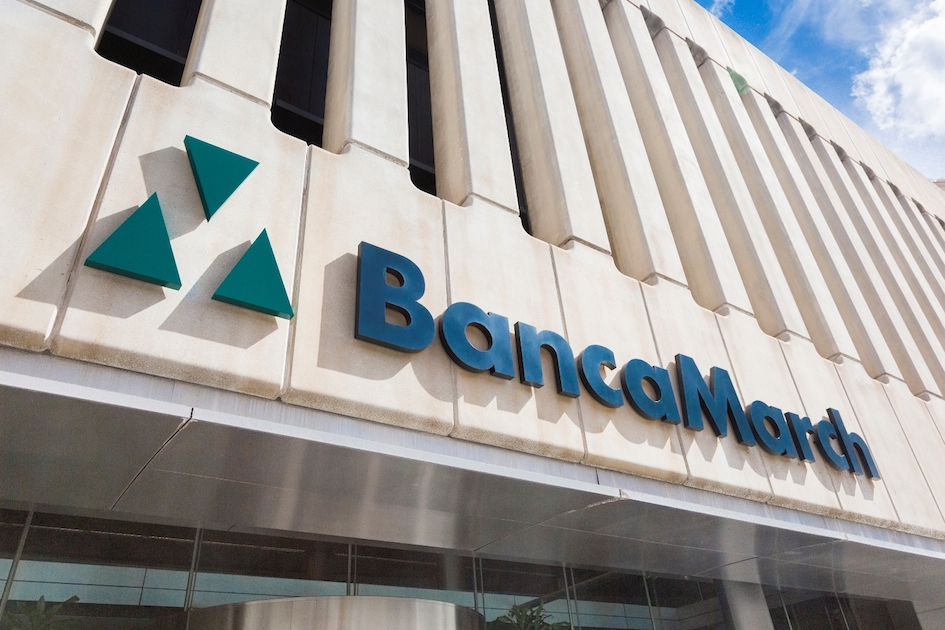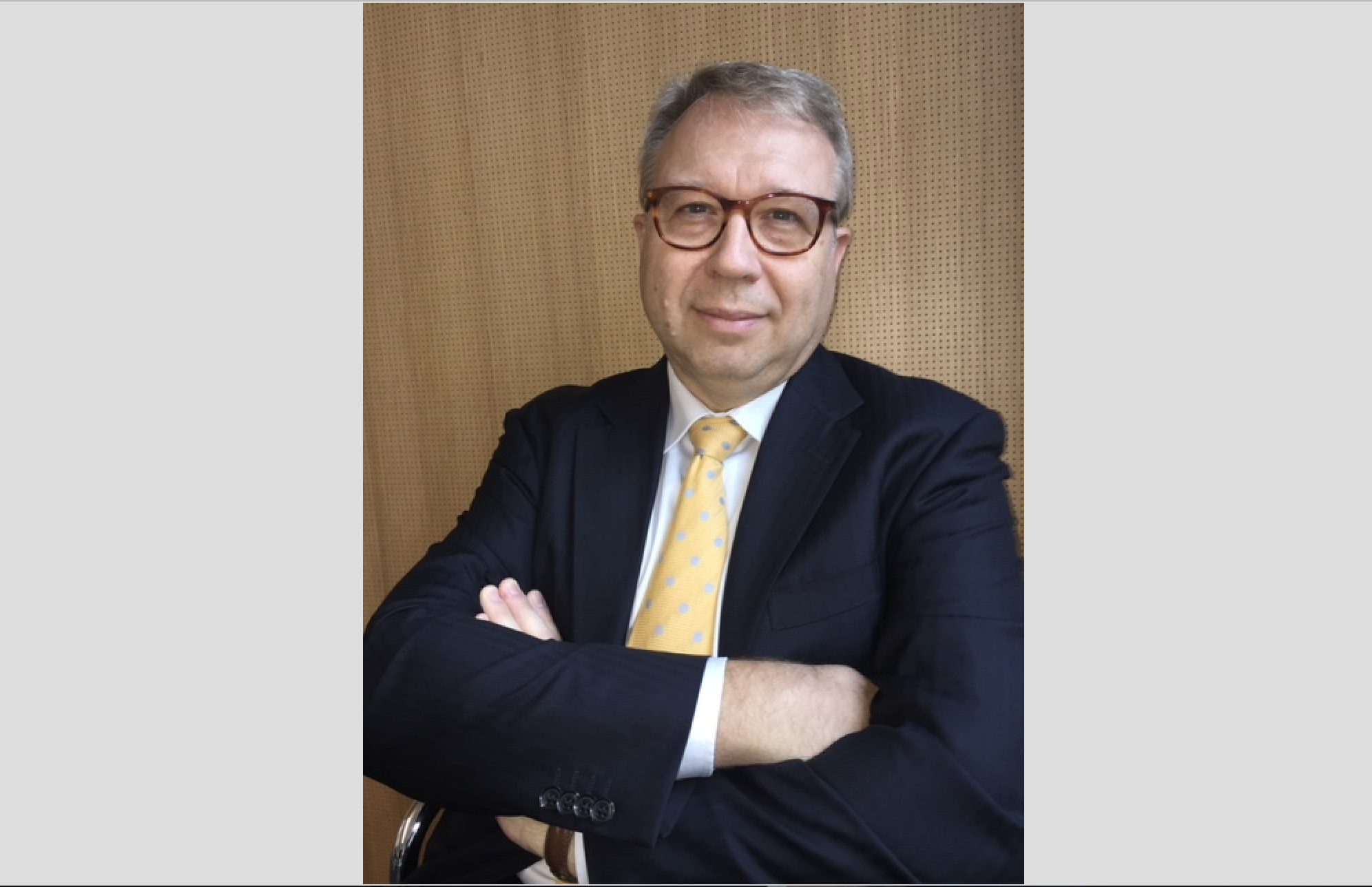Buscando oportunidades en renta variable en el año de la rata
| Por IreneValiente | 0 Comentarios

En el horóscopo chino, las ratas se caracterizan por ser unas ahorradoras cautelosas. A pesar de ello, prevemos que el nuevo año, dedicado a este animal, será un año enfocado al gasto. Además, se darán buenas oportunidades para los inversores inteligentes y con olfato para los negocios.
La mayoría de los expertos predicen que este será un periodo de consolidación para las acciones chinas clase A, después de que cerraran con sólidos beneficios el ejercicio anterior. Este mercado rebotó más de un 30% en los últimos 12 meses, durante el año del cerdo. Este es un símbolo de riqueza y prosperidad.
El pasado 25 de enero comenzó el de la rata, el primer animal del zodíaco chino. Las ratas son inteligentes y cautelosas en las finanzas y buscan salvar lo que tienen, lo cual puede parecer apropiado teniendo en cuenta los excesos del año del cerdo.
Sin embargo, hay una razón económica estructural para creer que el año de la rata se centrará más en el gasto que en el ahorro, tanto por parte de los consumidores chinos como del propio Gobierno. Los legisladores se han comprometido a aumentar la tasa de urbanización de China del 60% al 80% para ponerse al nivel de las economías avanzadas.
El PIB per cápita de Shanghái es de 20.000 dólares, frente a una media nacional de 7.500 dólares. Evidentemente, la población china está aumentando su nivel de riqueza. Hace una década, solo el 8% disfrutaba de ingresos familiares anuales superiores a 138.000 renminbi. Desde entonces, esa cifra ha aumentado hasta el 49%.
En particular, los millennials de clase media que ganan y gastan más que sus padres son los que están impulsando el consumo doméstico del país. Por ejemplo, se estima que los turistas chinos harán 160 millones de viajes fuera de su país en 2020, el equivalente a que toda la población de Rusia viajase a la vez. Si añadimos los viajes internos, la cifra se acerca a los 500 millones de personas. Esta tendencia tiene el potencial de generar beneficios en cadena para segmentos como los operadores de aeropuertos y las tiendas duty-free.
A su vez, el aumento de los niveles de riqueza ha puesto en marcha una tendencia hacia la «premiumización», con marcas de primera categoría que disfrutan de un crecimiento más rápido que sus homólogas de gama baja. Por ejemplo, la demanda de licor chino de gama alta Baiju es tan fuerte que la disponibilidad es ya escasa.
Además, el aumento de los ingresos disponibles está estimulando la demanda de productos de cuidado sanitario, así como de servicios de gestión de salud y de seguros. Esperamos que estos factores ofrezcan diversas oportunidades de inversión en el año de la rata.
También podríamos ver al Gobierno tomando nuevas medidas políticas. El año pasado relajaron las restricciones de derechos de residencia en todas las ciudades, excepto en las más grandes, y promovieron los servicios públicos para los residentes permanentes. Esto debería facilitar el éxodo hacia las ciudades de trabajadores migrantes y sus familias, aumentando el índice de urbanización de China y apoyando el consumo. Los habitantes se dirigen a las ciudades para encontrar mejores empleos y servicios de salud y educación.
Asimismo, es posible que este año el Gobierno acelere el ritmo de las reformas dando prioridad al estímulo fiscal. Ya está desarrollando centros urbanos, como la zona de Greater Bay, que conecta las ciudades del sur de China, y podría impulsar este proceso, entendiendo que el mejor seguro contra las incertidumbres mundiales es reforzar la economía nacional.
En resumen, vemos un potencial de revalorización en el año de la rata. Aunque las ratas son representadas como cautelosas, también son adaptables, instintivas y selectivas. Ser selectivo será útil a los inversores en este nuevo ejercicio. Por ello, nosotros favorecemos las compañías líderes, bien gestionadas y con balances saneados. Estas empresas estarán mejor posicionadas para aumentar la cuota de mercado a expensas de sus rivales más débiles.
En cuanto a las valoraciones, los inversores pueden seguir adquiriendo empresas rentables a un nivel razonable. Se espera que el crecimiento medio de los beneficios de las acciones chinas clase A sea de entre el 15% y el 20% este año, según las perspectivas del consenso. En cuanto al PER a 12 meses, el MSCI China A Onshore Index tiene una valoración inferior a la de los índices MSCI World y MSCI Emerging Markets.
En resumen, confiamos en que será el gasto, no el ahorro, lo que definirá el año de la rata. Los inversores inteligentes y con olfato para las oportunidades deberían ser capaces de aprovechar las ventajas.
Tribuna de Nicholas Yeo, director de renta variable china en Aberdeen Standard Investments














